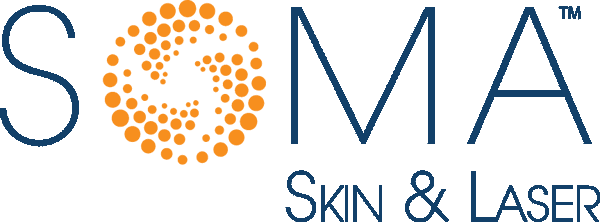A Breakthrough Treatment for Fungal Nail Infections
Onychomycosis, a persistent fungal infection of the nails, can be challenging to treat with conventional therapies. Photodynamic Therapy (PDT) offers a cutting-edge solution that targets the infection at its source, promoting healthier, clearer nails without the need for invasive procedures or systemic medications.
Understanding Onychomycosis
Onychomycosis is a common fungal infection that affects the nails, leading to thickening, discoloration, and brittleness. The condition can be unsightly and uncomfortable, often resistant to traditional treatments like topical antifungals or oral medications. For those seeking an alternative, PDT provides an innovative approach with promising results.
How Does PDT Work for Onychomycosis?
PDT for onychomycosis involves a targeted treatment process that eradicates the fungal infection while preserving the surrounding healthy tissue. The treatment consists of three main steps:
Application of a Photosensitizing Agent:
- A photosensitizing agent, such as 5-aminolevulinic acid (5-ALA), is applied to the infected nail. This agent penetrates the nail plate and is absorbed by the fungal cells, making them sensitive to light.
Light Activation:
- After allowing time for the photosensitizing agent to absorb, the treated nail is exposed to a specific wavelength of light. This light activates the photosensitizer, generating reactive oxygen species (ROS) that selectively destroy the fungal cells.
Nail Healing and Regrowth:
- Over the following weeks, the damaged fungal cells are gradually cleared away, and healthy nail tissue begins to regrow. With consistent treatment, PDT can lead to significant improvement in the appearance and health of the nails.
Benefits of PDT for Onychomycosis
- Effective for Resistant Infections: PDT is particularly beneficial for onychomycosis cases that have not responded well to conventional treatments.
- Localized Treatment: Unlike oral antifungal medications, which can have systemic side effects, PDT is a localized therapy that directly targets the infection, minimizing the risk of adverse effects.
- Non-Invasive: PDT offers a non-invasive alternative to more aggressive treatments, such as surgical nail removal.
- Improves Nail Appearance: Over time, PDT can lead to clearer, healthier-looking nails, reducing the unsightly symptoms of onychomycosis.
- Minimal Downtime: PDT requires little to no downtime, allowing patients to return to their normal activities immediately after treatment.
What to Expect During and After Treatment
- During Treatment: PDT is generally well-tolerated, with minimal discomfort during the light activation phase. Each session is typically brief, and multiple sessions may be needed to achieve optimal results.
- After Treatment: The treated nails may appear slightly red or sensitive immediately following the procedure, but these effects are temporary. As the fungal cells are destroyed, you should begin to see gradual improvement in the appearance of the nails.
Is PDT Right for Your Onychomycosis?
PDT is an excellent option for patients who:
- Have not responded to conventional antifungal treatments
- Prefer a non-invasive, localized therapy with minimal side effects
- Seek a treatment that improves both the health and appearance of their nails
Take the First Step Toward Healthier Nails
If you’re struggling with onychomycosis and looking for an effective treatment option, Photodynamic Therapy may be the solution you’ve been searching for. Contact us today to schedule a consultation and learn how PDT can help you achieve clearer, healthier nails.
Call 973-763-7546 for a consultation.
